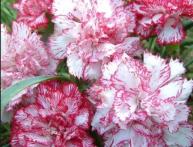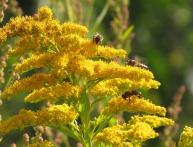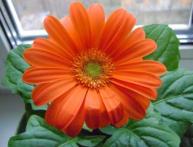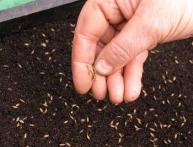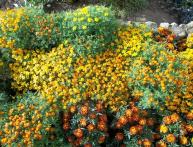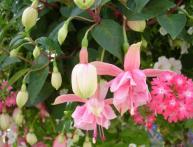Edelweiss flower in the photo
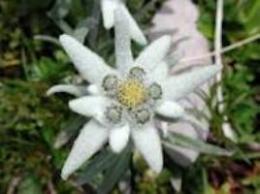
Edelweiss flower in the photo looks very elegant and gorgeous. Edelweiss belongs to the Asteraceae family. The height of the plant reaches 10-15 centimeters. Leaves narrow, silvery on top, fleecy below, this protects the plant from moisture evaporation. The edelweiss flower in the photo has a complex, finite inflorescence, it consists of clustered baskets of yellowish or white flowers. Baskets have linear or lanceolate, stellate-splayed leaves.
Edelweiss grows in nature on rocks, mountains and scree. In the mountains, edelweiss grows in the form of a single tussock; in mountain meadows the flower grows in the form of a carpet. There are about 40 species of this plant; Alpine edelweiss is grown in flower beds.
The edelweiss flower is resistant to arid climates; even with a lack of snow, it overwinters without shelter. The plant needs abundant but infrequent watering. Edelweiss prefers regular garden soil. Pests do not attack the flower. Edelweiss can grow in one place for several years in a row, but over the years it loses its attractiveness. Rejuvenate the plant every three years by replanting or dividing. The transplantation is painless.
Edelweiss is grown from seeds. The seeds are mixed with sand, sown in a pot with moist soil and covered with glass. After two weeks, the seeds germinate. Edelweiss needs to be watered very carefully. preferably from a pipette. In early June, the plant is transplanted into open ground, choosing a sunny place.The edelweiss flower grows quickly, flowering begins in the second year.



